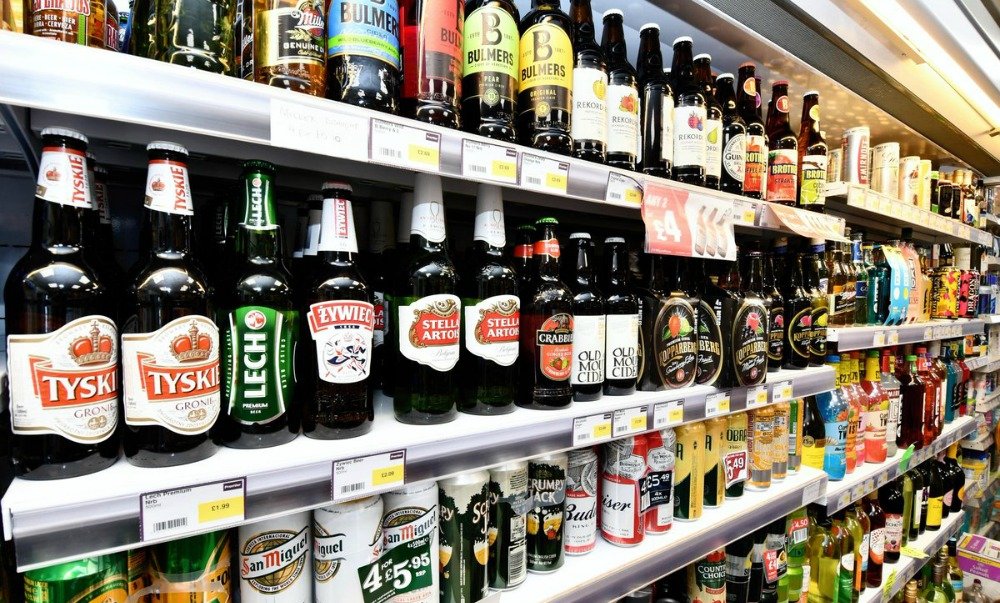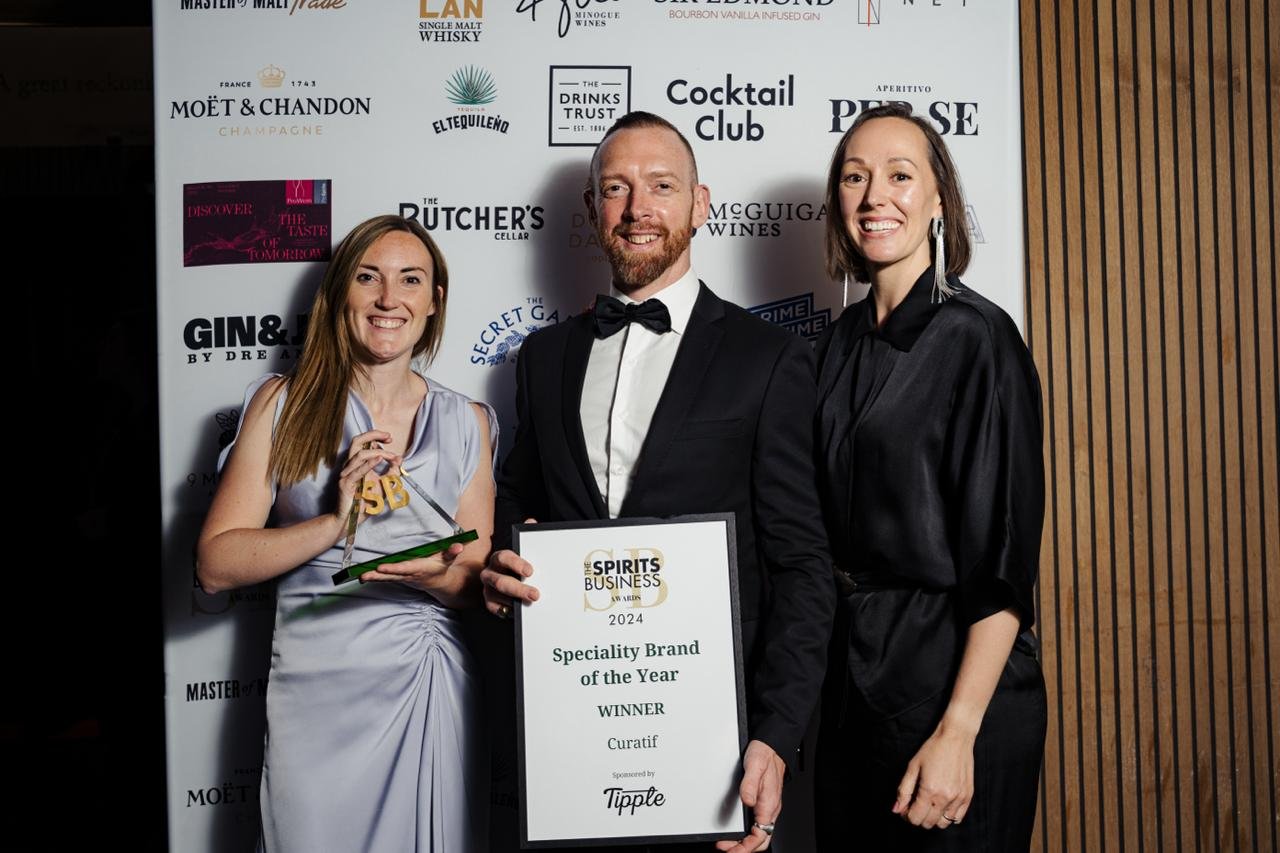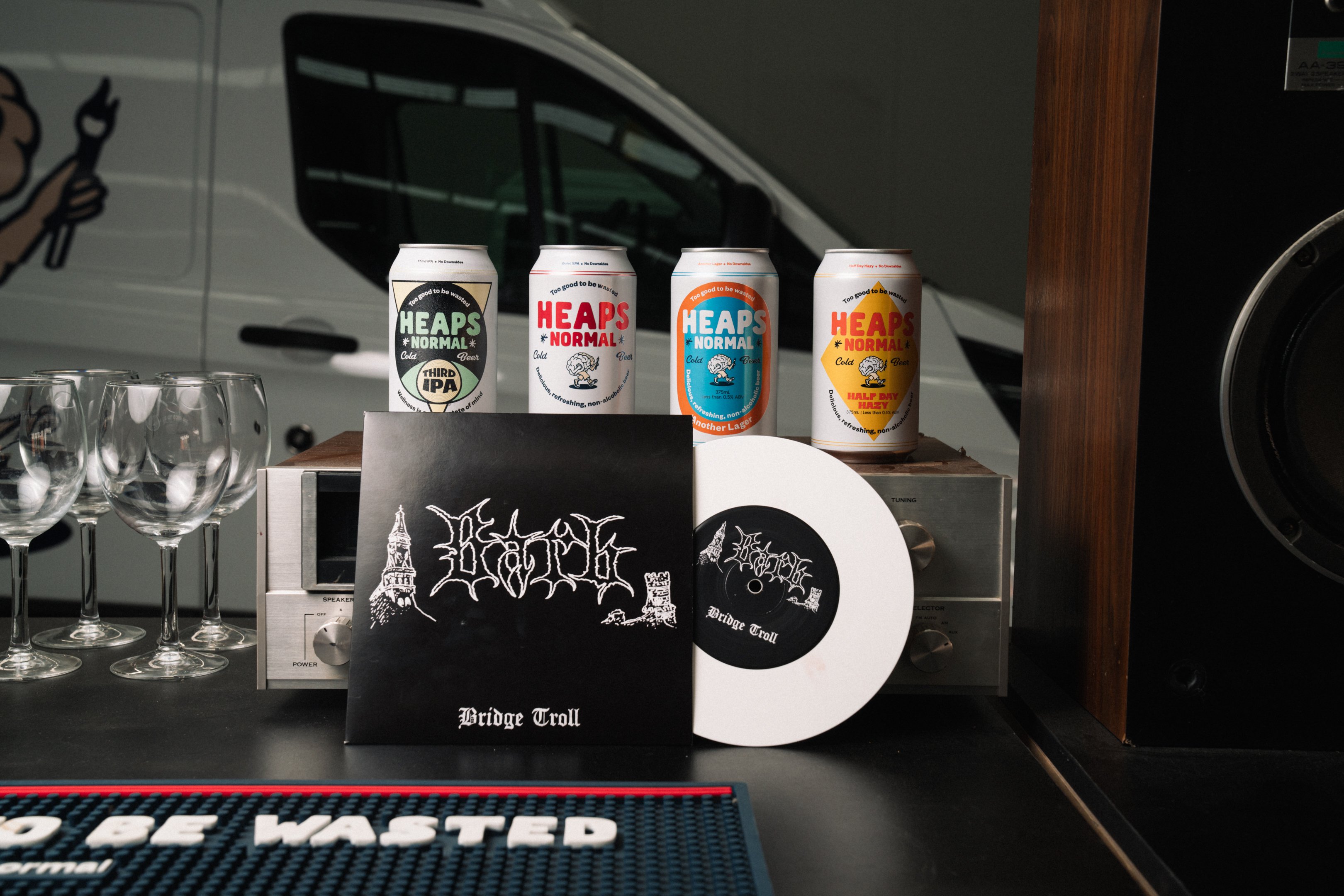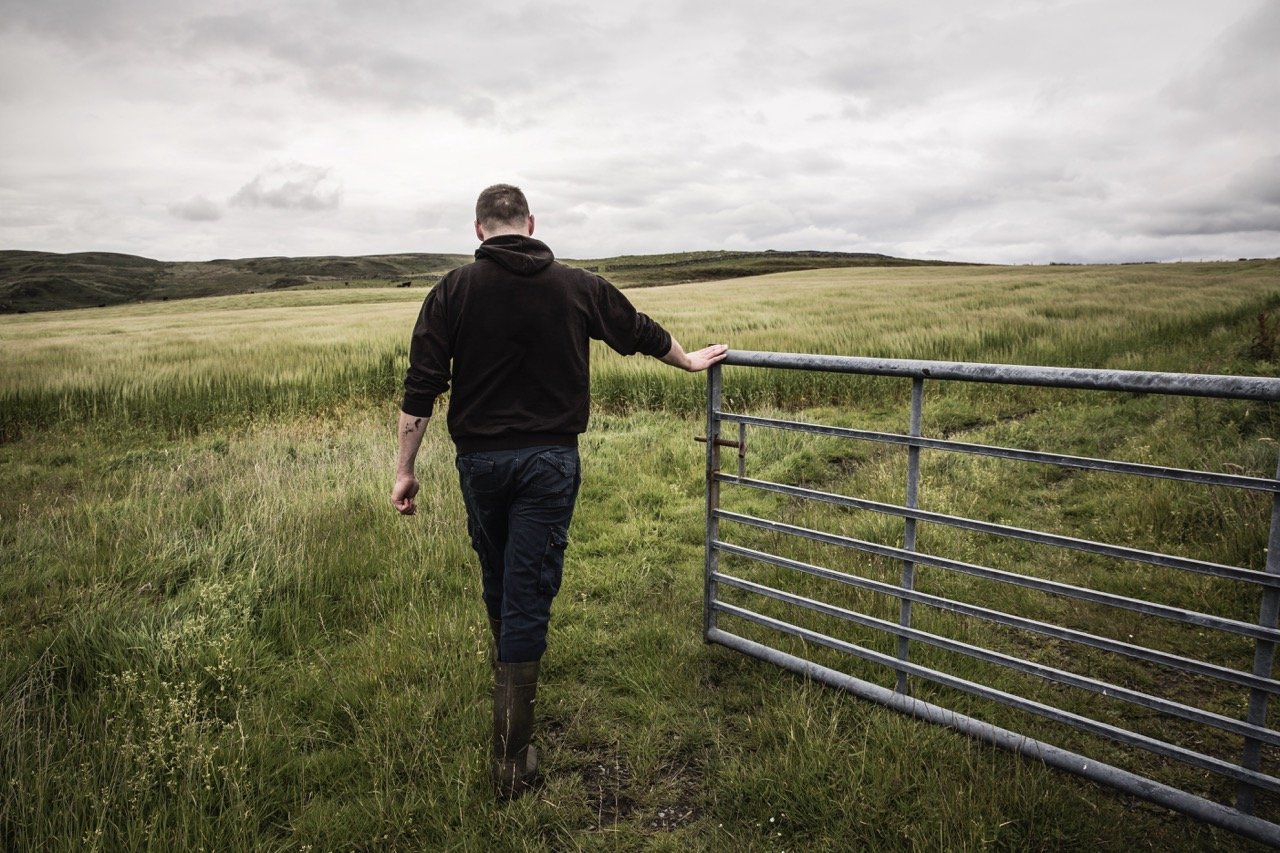Analysis by Nielsen has found Scottish consumers have bought more alcohol since minimum floor pricing laws were introduced.
The tougher rules came into force last May after the Scottish government won a protracted court battle.
Nielsen found that during the 46 weeks leading up to March 29, Scots bought 203.5 million litres, 1.8 million more compared to the same period in 2017-18.
The extra alcohol consumed amounted to the equivalent of four million cans of lager or 2.5 million bottles of wine.
According to The Times: "It is thought that the combination of the heatwave last summer, a royal wedding and a football World Cup led to an increase in people deciding to crack open a beer, bottle of wine or fizz. Consumption has not reduced since then and the Scottish Conservatives said the policy should be scrapped unless tangible improvements were recorded."
Scotland was the first country in the world to introduce minimum floor pricing for alcohol.
The legislation set a 50 pence (approximately 92 cents) minimum price per unit of alcohol.
Ministers said the law was a significant step in tackling Scotland's "unhealthy relationship" with alcohol, with the government claiming minimum floor pricing would save 58 lives in its first year and reduce hospital admissions by 1300.
Public health minister Joe Fitzpatrick confessed last month: “On average, every adult in Scotland is drinking 40% more than the lower-risk guidelines of 14 units a week."
Rob Lyons is science and technology director at the Academy of Ideas noted at Spiked: "Those who are supposedly the target of minimum pricing – the heavy drinkers that end up suffering health problems because of their boozing – are likely to carry on drinking much as they did before. They will simply cut back on other forms of expenditure because alcohol consumption is important to them. So even if overall alcohol sales fall as the minimum price goes up, it seems unlikely that the rates of serious ill-health will decline."
At the Edinburgh Evening News, Brian Monteith noted: "They were warned, but they would not listen. Scotland’s experiment with minimum pricing of alcohol is not working.
"It was targeted at the wrong people because it did not take account of people’s drinking patterns or that alcoholics are resistant to price hikes – they simply trade down to poorer quality booze until they are drinking paint thinners.
"It was always daft when it lined the pockets of the retailers (who had to put their prices up) instead of raising taxes that could be spent on helping alcoholics find the cure. "
New calls for minimum floor price in WA
The final report of the WA Government’s Sustainable Health Review has recommended following the Northern Territory and introducing a minimum floor price across the State.
If it adopts NT’s unit price of $1.30 per standard drink, the cheapest bottle of wine in WA would rise to about $10.
Health Minister Roger Cook said there had already been big decreases in alcohol-related hospital visits and crime in the NT since a minimum floor price was introduced there.
“Ultimately WA is going to have to come to a reckoning around the level of alcohol consumption and abuse,” he said.
“This report puts a range of challenges to government and the community generally around alcohol consumption and we have to be ready to accept those challenges.”
Australian Medical Association WA president Omar Khorshid has called on the WA Government to implement the policy immediately.
“We know this measure targets high-level drinking, it doesn’t target safe drinking,” he told the West Australian.
Liquor Stores Association of WA chief executive Peter Peck said minimum pricing was a band-aid measure.
“For problem drinkers who self-medicate you just push them on to a different substance, like in Kalgoorlie where methylated spirits with orange juice is the drink of the day, or on to meth,” he said.
Share the content










